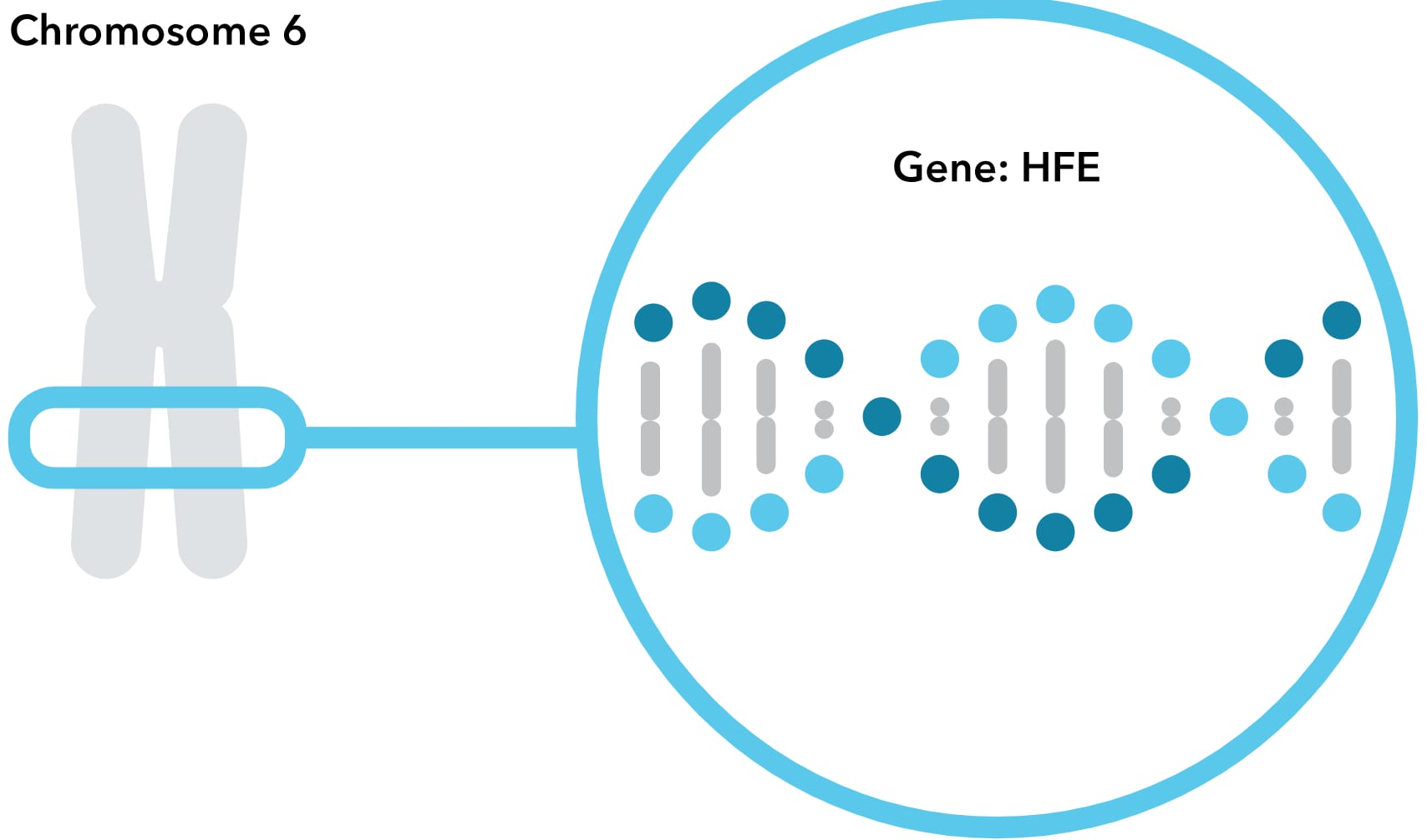HFE: Advancing Human Factors and Ergonomics for Optimal Performance and Safety
Introduction
HFE (Human Factors and Ergonomics) is a multidisciplinary field dedicated to understanding and optimizing the interactions between people and the systems they use. By focusing on human capabilities, limitations, and behaviors, HFE aims to enhance performance, safety, and overall user experience in various environments, including workplaces, transportation systems, and consumer products. This article explores the principles, applications, and benefits of HFE, and how it contributes to creating more efficient, safe, and user-friendly systems.
What is Human Factors and Ergonomics (HFE)?
Definition and Scope
Human Factors and Ergonomics is the scientific discipline concerned with the study of how people interact with their environments, tools, and systems. It encompasses various aspects, including cognitive and physical capabilities, sensory perception, and environmental influences. The goal of HFE is to design systems and products that accommodate human needs and limitations, thereby improving performance and reducing the risk of errors and accidents.
Key Principles
User-Centered Design: Emphasizes designing systems and products based on the needs, preferences, and limitations of users.
Ergonomic Fit: Focuses on creating designs that fit the physical and cognitive capabilities of users to enhance comfort and efficiency.
Human Performance: Aims to optimize human performance by considering factors such as workload, stress, and cognitive load.
Safety and Error Reduction: Strives to minimize the risk of accidents and errors through effective design and usability testing.
Applications of HFE
Human Factors and Ergonomics is applied in various domains to improve system design and user experience. Some key applications include:
Workplace Ergonomics
Workstation Design: Involves designing ergonomic workstations that reduce physical strain and enhance productivity. This includes adjustable chairs, proper desk height, and appropriate lighting.
Tool Design: Focuses on designing tools and equipment that are comfortable and easy to use, reducing the risk of repetitive strain injuries and increasing efficiency.
Safety Systems: Implements safety measures and protocols to prevent accidents and injuries, such as ergonomic assessment tools and hazard analysis.
Transportation
Vehicle Design: Enhances the design of vehicles, including controls, displays, and seating, to improve driver comfort, safety, and performance.
User Interfaces: Optimizes user interfaces in transportation systems, such as dashboards and navigation systems, for better usability and reduced cognitive load.
Safety Systems: Develops advanced safety systems, including collision avoidance and driver assistance technologies, to enhance vehicle safety.
Consumer Products
Product Design: Ensures that consumer products, such as electronics and household items, are user-friendly and accessible, considering factors like ease of use and ergonomics.
Usability Testing: Conducts usability testing to evaluate how users interact with products and identify areas for improvement.
Health Care
Medical Device Design: Improves the design of medical devices to enhance usability, safety, and effectiveness, considering factors such as user training and ergonomics.
Clinical Environments: Designs clinical environments and workflows to support healthcare professionals and improve patient care and safety.
Benefits of HFE
Improved Performance
Enhanced Efficiency: Optimizes systems and tools to improve user efficiency and productivity by reducing unnecessary tasks and streamlining workflows.
Reduced Errors: Minimizes the risk of errors and accidents by designing systems that accommodate human limitations and enhance user understanding.
Increased Safety
Accident Prevention: Reduces the likelihood of accidents and injuries through effective design, safety measures, and ergonomic assessments.
Health and Well-Being: Promotes the health and well-being of users by addressing ergonomic concerns and reducing physical strain.
Better User Experience
User Satisfaction: Enhances user satisfaction by creating intuitive, comfortable, and accessible products and systems.
Adaptability: Ensures that designs are adaptable to a wide range of users, including those with varying physical and cognitive abilities.
Industry Impact
HFE has a profound impact on various industries by:
Driving Innovation: Leading advancements in design and technology through a deep understanding of human capabilities and needs.
Supporting Best Practices: Promoting best practices in system design, usability, and safety.
Enhancing Quality of Life: Improving the quality of life for users by creating more efficient, comfortable, and safe systems and products.
Conclusion
Human Factors and Ergonomics (HFE) is a vital field that contributes to creating systems and products that are safe, efficient, and user-friendly. By focusing on the interaction between people and their environments, HFE helps to optimize performance, reduce errors, and enhance overall user experience. For more information about Human Factors and Ergonomics and its applications, visit Human Factors and Ergonomics Society’s official website or contact industry experts.




